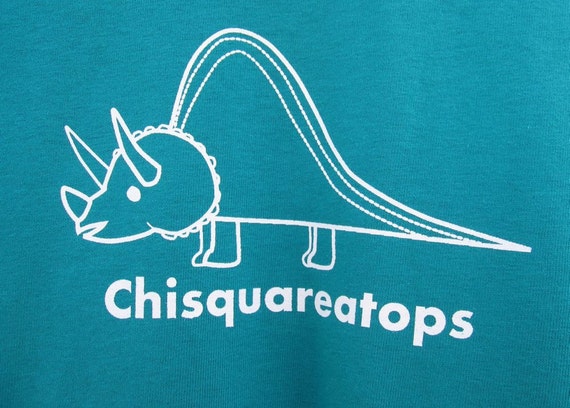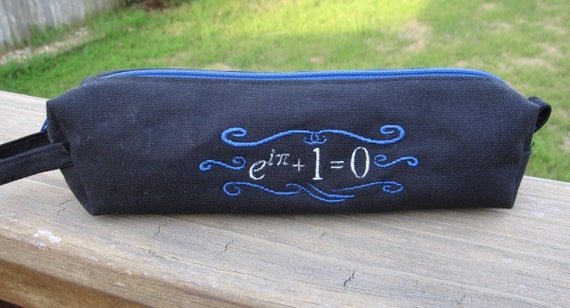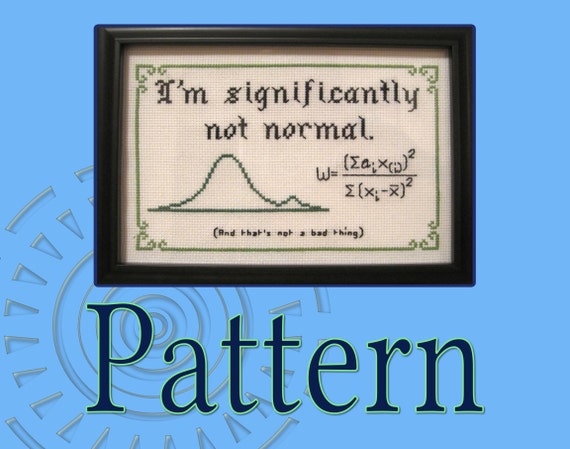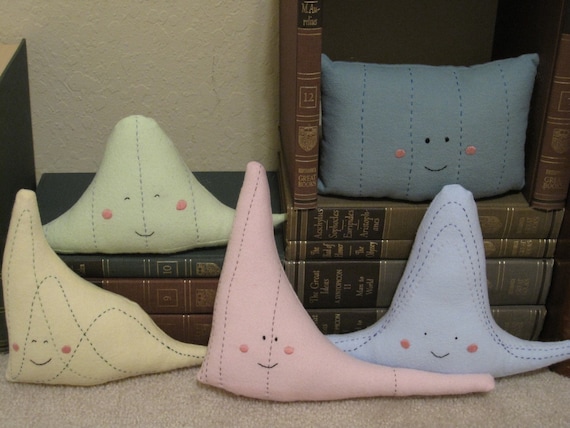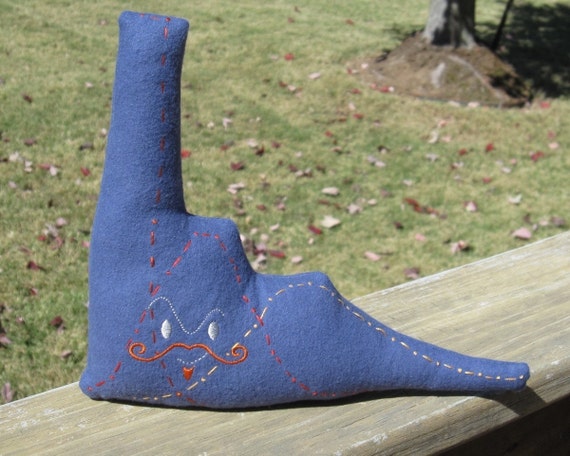Me too.
 |
| My first-attempt lace-like scarf start. |
Ok, maybe the holes are not giant and gaping. Let's try stable and intentional.
Lace knitting is a beautiful technique that incorporates wonderfully patterned yarn overs in order to create a light and airy knitted piece. I like the delicate feel and appearance of the technique, but further, I am interested in the pattern architecture.
In my initial days of knitting, I was intrigued by lace. However, many seasoned crafters let me know in that nice "it's-something-to-look-forward-to" gentle let-down type of language that I should become more comfortable with the motion of knits and purls before I attempt something complex, like lace.
With a few months of knitting under my belt, I was ready to take on a bit of a fiber challenge.
"Why not?" I thought, "Why not try something tricky?"
After sweeping Ravelry for a few hours, "That's so pretty!" became "Wow. That looks really tough." and eventually, I settled on "Alright - no. Nope. Not skilled enough yet." However, I was still enticed by the look of the hole-y (not holy, Blessed Yarn is something different) knits, so I dug some older yarn out of my stash and tried to figure out how to make the look I wanted. I found the solution in the number four.
 |
| Knits galore in groups of four. |
Even numbers are friendly to knit with, especially when working with yarn-overs and knit-togethers. A knitter can create patterns, as shown in the lace-like knit above, without losing stitches. To make this scarf, I casted on twenty-four stitches. This number was really important for the whole project, for a different number would create chaos in the pattern. I learned this the hard way, through observation of lots of mistakes.



